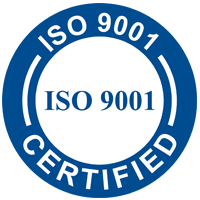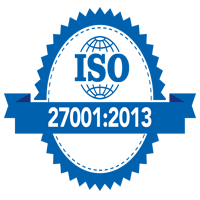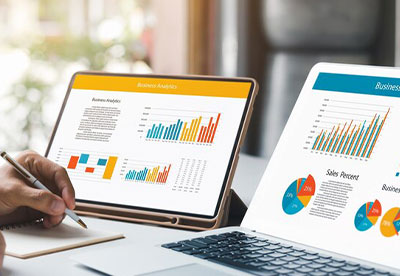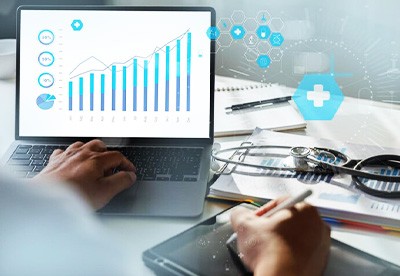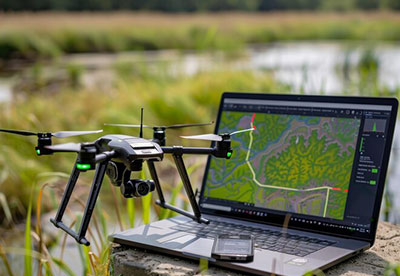As per Statista, it has been projected by 2030, India’s drone market will reach nearly 2.5 trillion Indian rupees compared to 2020, when the market size was just 29 billion rupees. It is no secret that drones are extremely useful in many industries, and agriculture is no different. The farming sector can get valuable data and can increase its operational efficiencies by adopting drones into the farms. Want to know the factors contributing to the adoption of Agriculture Drone Services? Let’s explore some factors to understand the potential of drone services
Adoption of Precision Agriculture Practices
Precision farming, also termed satellite farming, is the adoption of ways and IT techniques to analyze and manage variability within a farm to enhance crop production by leveraging advanced analytics for the crops and soil data. Not only this, but drones also provide information regarding labor costs, and weather predictions to increase productivity and efficiency. In a nutshell, farmers can predict the right number of resources needed at the right time. With drone services, farmers can monitor farm conditions, access field mapping, track crop conditions, and take preventive measures accordingly
Arising Need Due to Increasing Labor Costs
One can consider drones as farm assistants that keep constant checks on crops and help in pest and crop surveillance. Human contact with harmful pesticides is also reduced through drone crop spraying, which is much faster than any other method. This saves time and reduces manual work. Other than this, the deviations and irregularities such as plant diseases, and nutrition deficiencies can be monitored at an early stage with drones, allowing farmers to take immediate steps. This automation will not only reduce labor costs but will also boost crop health.
Large Farm Sizes
Drones can be extremely useful for large agricultural farms that have extensive areas to monitor. Large farms usually have varying crop conditions requiring strict monitoring. The application of drones equipped with sensors provides high-resolution images and helps to collect data that help in making timely, informed decisions and thus improve farm output.
Crop Damage
Drones supported with RGB Sensors can detect farm patches infected by pests, insects, and weeds. This will figure out the exact amount of chemicals needed and thus save costs. Furthermore, drone image analysis gives a tentative idea regarding spraying crops. For spraying purposes, drones are also used, reducing the time taken manually.
Livestock Management
Beyond the crop-centric application of drones, they use livestock management by tracking animal movements and their health conditions. Livestock grazing patterns can be tracked using drones, allowing for a more time-consuming and cost-efficient management system. Thus, drones can be useful to check crops, livestock, and pasture conditions.
Final Words
Drones will not directly enhance performance but through their usage, they will ease the work at the farm by offering plenty of benefits. The data collected through drones help monitor crop health and conduct soil analysis, making it a priority product for farmers.
The factors contributing to the growth of drones are advancements in drone technology equipped with artificial intelligence, machine learning, and improved sensors that provide captivating images and have data processing capabilities. It leads to an increase in the drone utility among farmers.
We at Canopus Infosystems will offer exceptional drone software services and facilitate a 360-degree view of your site. Our services include but are not restricted to Drone CRM Software, Sensor Integration, DJI SDK Customization and Development, and aerial image data analysis.
2 mins read
